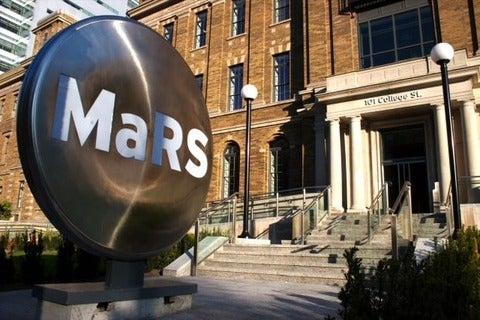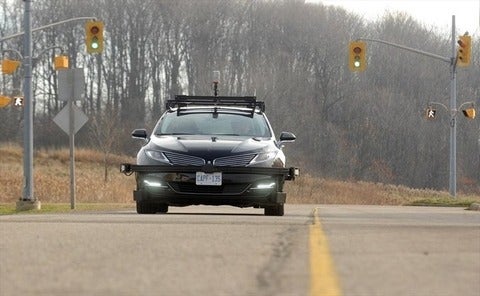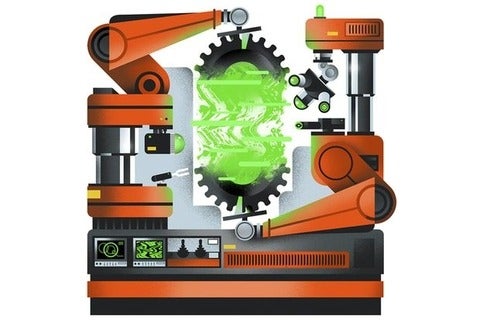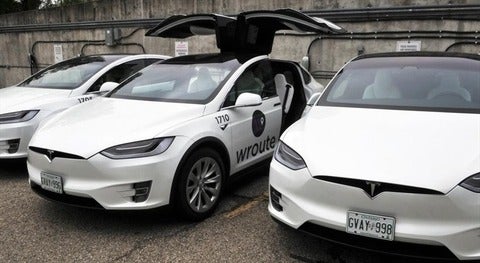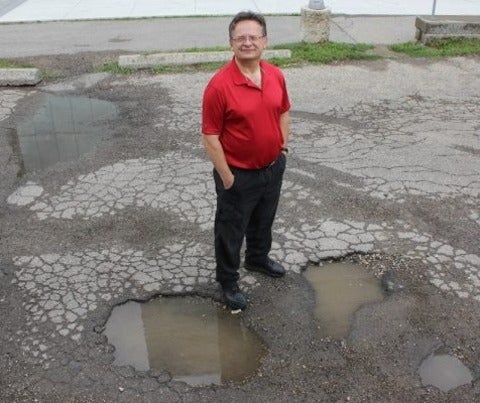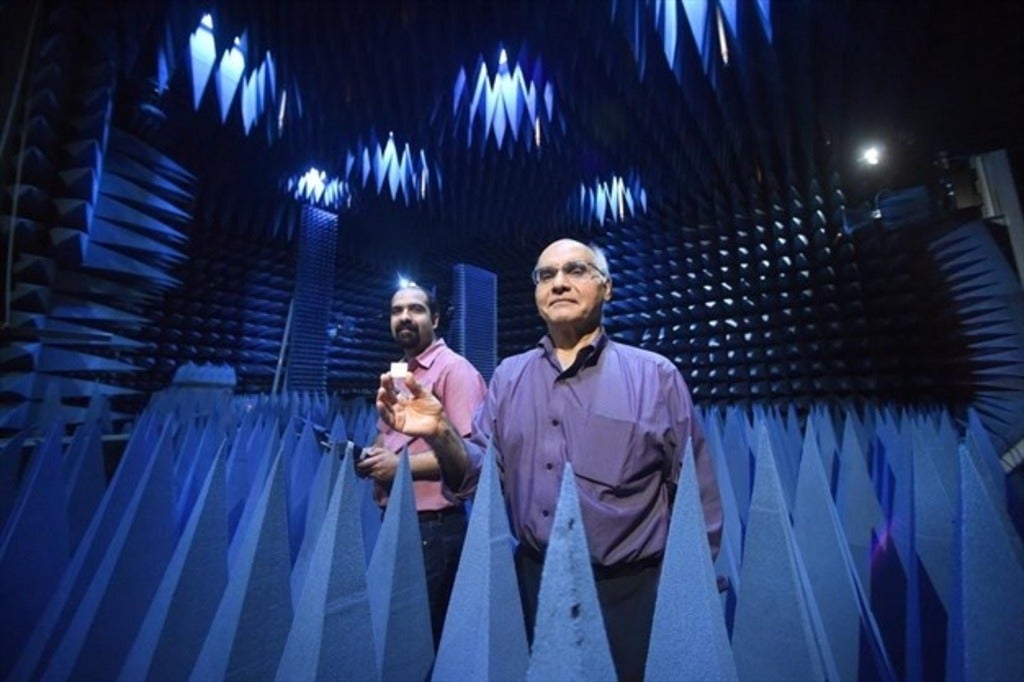Ontario ready to compete in the self-driving car sector
Ontario is becoming a hub of self-driving car development and that’s potentially good news for anyone who’s been stuck in gridlock, or frustrated by the forlorn search for a parking spot downtown in winter. Autonomous and semi-autonomous cars developed in our backyard mean cars that are going to work in our climate – not to mention getting a slice of this trillion-dollar industry.
“We have many of the pieces needed to become a leading player in autonomous vehicle technology, and ultimately – speaking kind of selfishly – for our area to really benefit from it in terms of a better quality of life,” said Oshoma Momoh, chief technical advisor at Toronto’s MaRS Discovery District.
